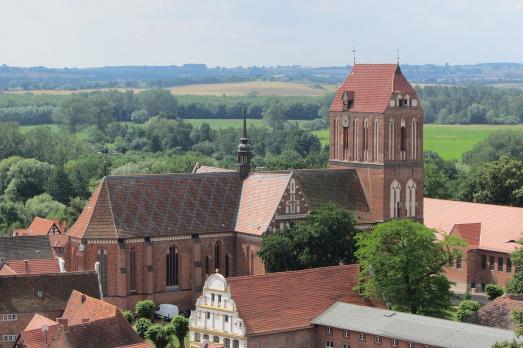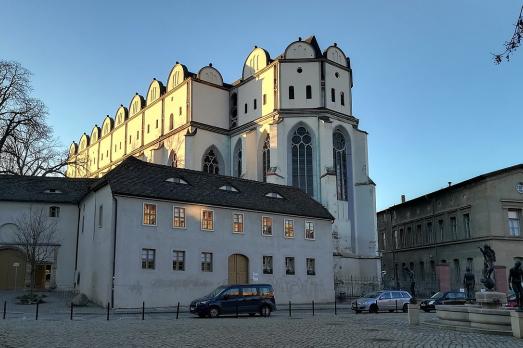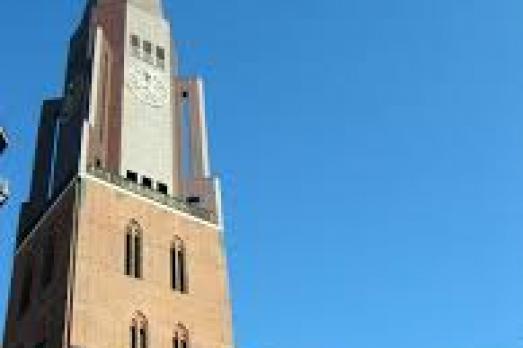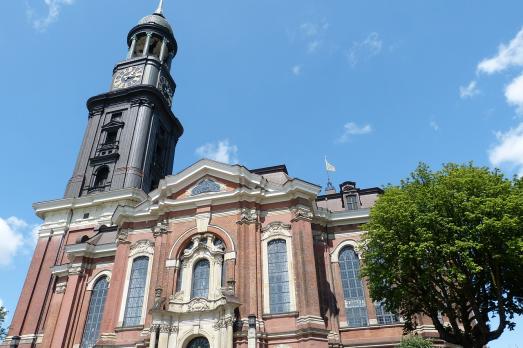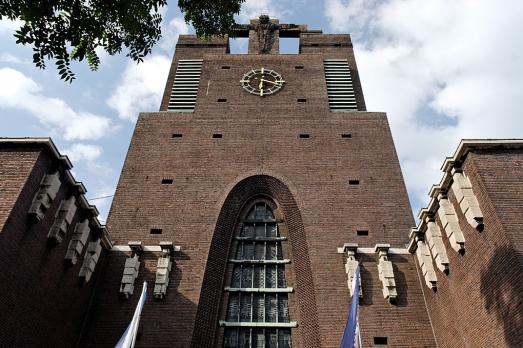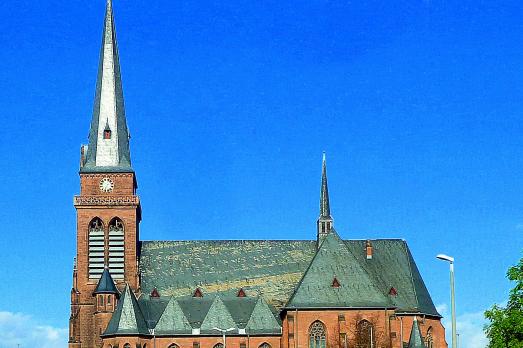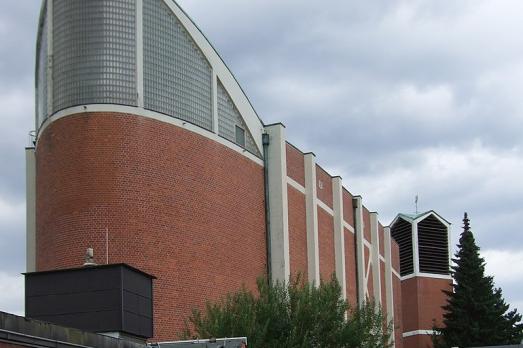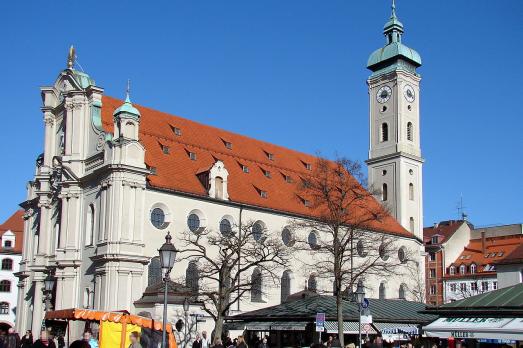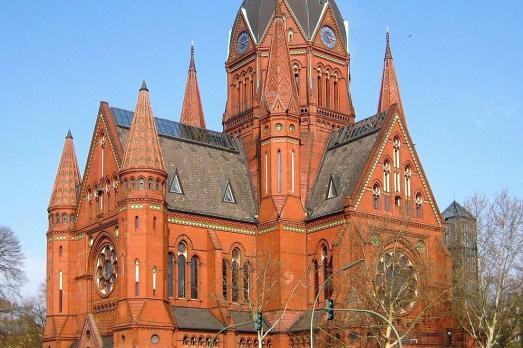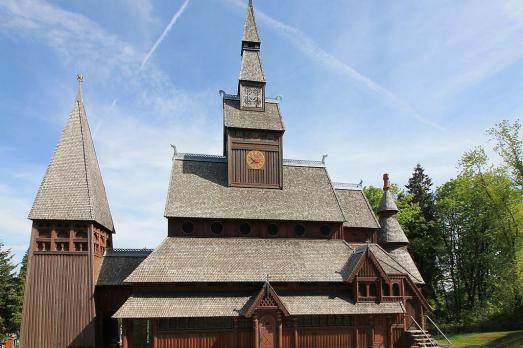
Gustav-Adolf-Stabkirche
Goslar, DE
The Gustav-Adolf-Stabkirche is a reproduction of the Borgund stave church built between 1907 and 1908. During a study trip to Norway, the architect Karl Mohrmann saw staves churches and, inspired by them, he decided to reproduce one in Germany, arguing that this type of church existed throughout the entire region of North Germany at the beginning of Christianization.
